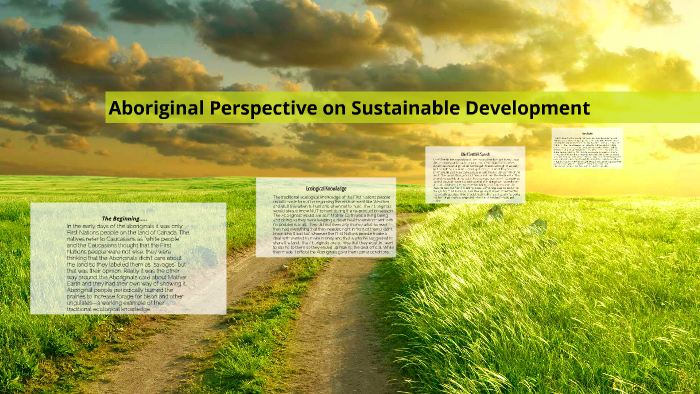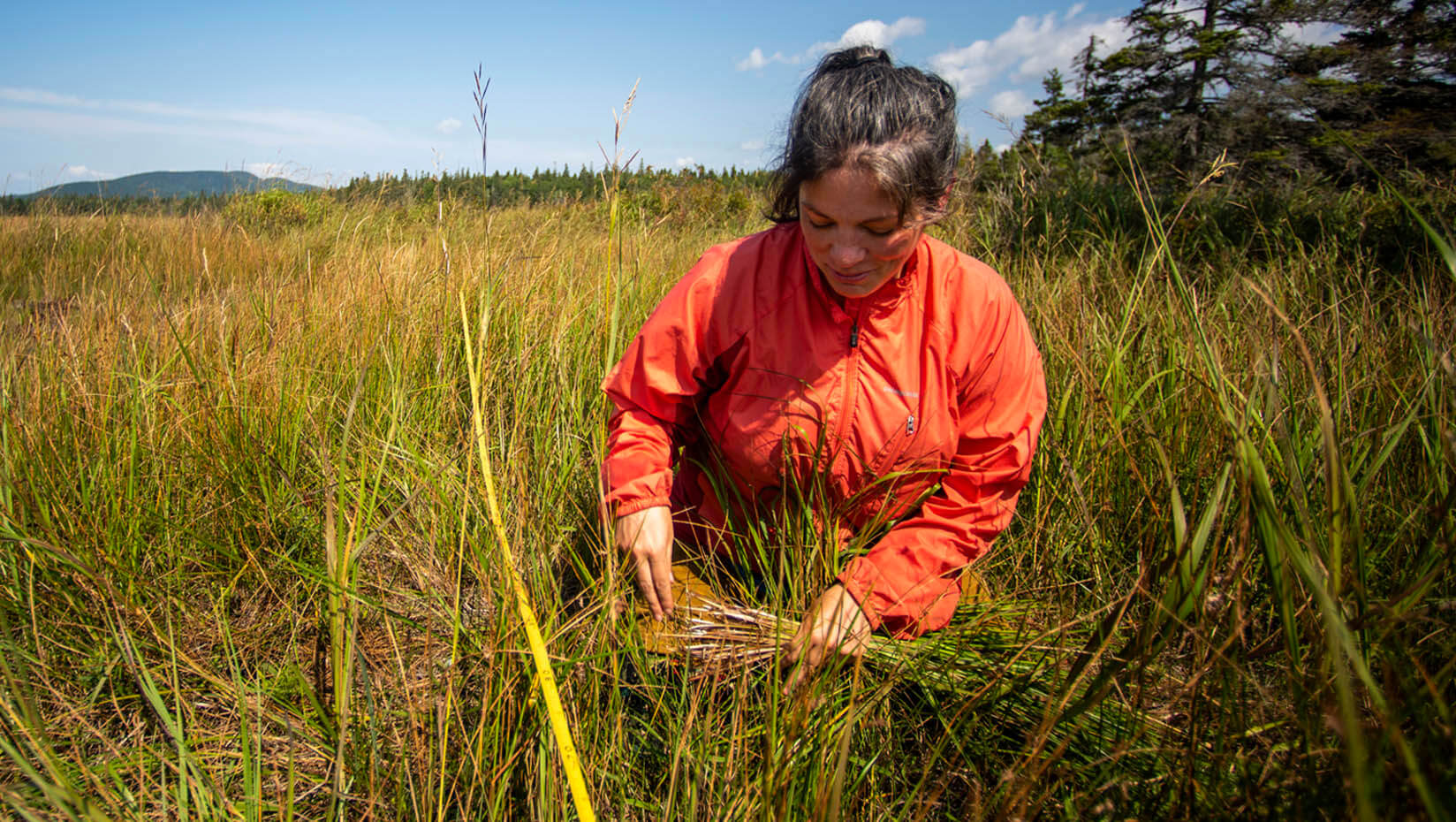Living in Harmony: Indigenous Perspectives on Land and Sustainability
Living in Harmony: Indigenous Perspectives on Land and Sustainability

The concept of "living in harmony with the land" is a core principle of many Indigenous cultures worldwide. This belief, deeply woven into their traditions and spiritual practices, underscores a profound understanding of the interconnectedness between humanity and the natural world. For Aboriginal Australians, this philosophy is not just an abstract concept; it is a way of life, a blueprint for sustainable existence passed down through generations.
Understanding the Indigenous Worldview
Related Articles: Living in Harmony: Indigenous Perspectives on Land and Sustainability
- A Journey Through Meaning: Exploring Indigenous Boy Names For Your Little One
- Embracing Our Roots: A Guide To Teaching Your Son About Aboriginal Culture
- The Unending Story: Does The Australian Aboriginal Dreamtime Have A Date?
- Terra Nullius: A Legacy Of Dispossession And Its Enduring Impact
- The Enchanting Cherry Belato: A Native Gem Of The Mornington Peninsula
For Aboriginal Australians, the land is not merely a resource to be exploited, but a living entity, a sacred space imbued with ancestral spirits and stories. Their connection to the land is not ownership, but kinship, a responsibility to care for and protect it for future generations. This deep reverence for the land shapes their understanding of sustainability, emphasizing a harmonious relationship with nature, rather than dominance over it.
Traditional Practices and Sustainable Living
Aboriginal Australians have developed intricate knowledge systems and practices for living sustainably in their diverse environments. These practices, honed over millennia, demonstrate a deep understanding of ecological balance and resource management. Some key examples include:
- Fire Management: Controlled burns, a practice known as "cultural burning," are used to regenerate the landscape, promote biodiversity, and prevent destructive wildfires. This technique, practiced for thousands of years, exemplifies a proactive approach to land management.
- Water Management: Aboriginal communities have developed sophisticated systems for managing water resources, including intricate networks of dams, weirs, and channels. These systems ensure water availability for both human and ecological needs, demonstrating a deep understanding of water cycles and conservation.
- Hunting and Gathering: Traditional hunting and gathering practices are carefully regulated to ensure the long-term health of animal populations and plant resources. This approach emphasizes respect for all living creatures and avoids over-exploitation.
- Traditional Knowledge: The vast knowledge system passed down through generations encompasses detailed understanding of plant and animal life, weather patterns, and the intricate workings of the natural world. This knowledge is vital for sustainable living and for navigating the challenges of climate change.

The Impact of Colonization
However, the arrival of European settlers in Australia brought significant disruption to this harmonious relationship with the land. The dispossession of traditional lands, the introduction of alien species, and the suppression of Indigenous knowledge systems have had devastating consequences for both the environment and Aboriginal communities.
Reconciliation and the Path Forward
In recent decades, there has been a growing movement for reconciliation between Indigenous and non-Indigenous Australians. This includes acknowledging the injustices of the past, recognizing the importance of Indigenous knowledge, and working towards a more equitable and sustainable future.

The Importance of Indigenous Knowledge
Recognizing and valuing Indigenous knowledge systems is crucial for addressing the challenges of climate change and environmental degradation. Aboriginal perspectives on land management, biodiversity conservation, and sustainable resource use offer valuable insights and solutions that can benefit everyone.
The Role of Traditional Practices in Modern Sustainability
Integrating traditional knowledge and practices into modern approaches to sustainability can lead to more effective and culturally appropriate solutions. For example, incorporating cultural burning techniques into fire management strategies can help to reduce the risk of destructive wildfires and promote biodiversity.
The Future of Harmony

Living in harmony with the land is not just a concept; it is a necessity. As the world grapples with climate change, biodiversity loss, and resource depletion, Indigenous knowledge and practices offer a path towards a more sustainable and equitable future. By embracing the wisdom of the past, we can create a world where humanity and nature thrive together.
FAQ
Q: How do Aboriginal Australians view the land?
A: Aboriginal Australians view the land as a living entity, a sacred space imbued with ancestral spirits and stories. They see themselves as custodians of the land, responsible for caring for and protecting it for future generations.
Q: What are some examples of traditional practices that demonstrate sustainable living?
A: Examples include controlled burning for land management, intricate water management systems, carefully regulated hunting and gathering practices, and a vast knowledge system passed down through generations.
Q: How has colonization impacted the relationship between Aboriginal Australians and the land?
A: Colonization has led to the dispossession of traditional lands, the introduction of alien species, and the suppression of Indigenous knowledge systems, resulting in environmental degradation and cultural disruption.
Q: Why is it important to recognize and value Indigenous knowledge?
A: Indigenous knowledge systems offer valuable insights and solutions for addressing the challenges of climate change and environmental degradation. They provide a holistic understanding of the interconnectedness between humanity and the natural world.
Q: How can traditional practices be integrated into modern sustainability approaches?
A: Incorporating traditional knowledge and practices into modern approaches to sustainability can lead to more effective and culturally appropriate solutions. For example, incorporating cultural burning techniques into fire management strategies can help to reduce the risk of destructive wildfires and promote biodiversity.

Closure
Thus, we hope this article has provided valuable insights into Living in Harmony: Indigenous Perspectives on Land and Sustainability. We hope you find this article informative and beneficial. See you in our next article!


